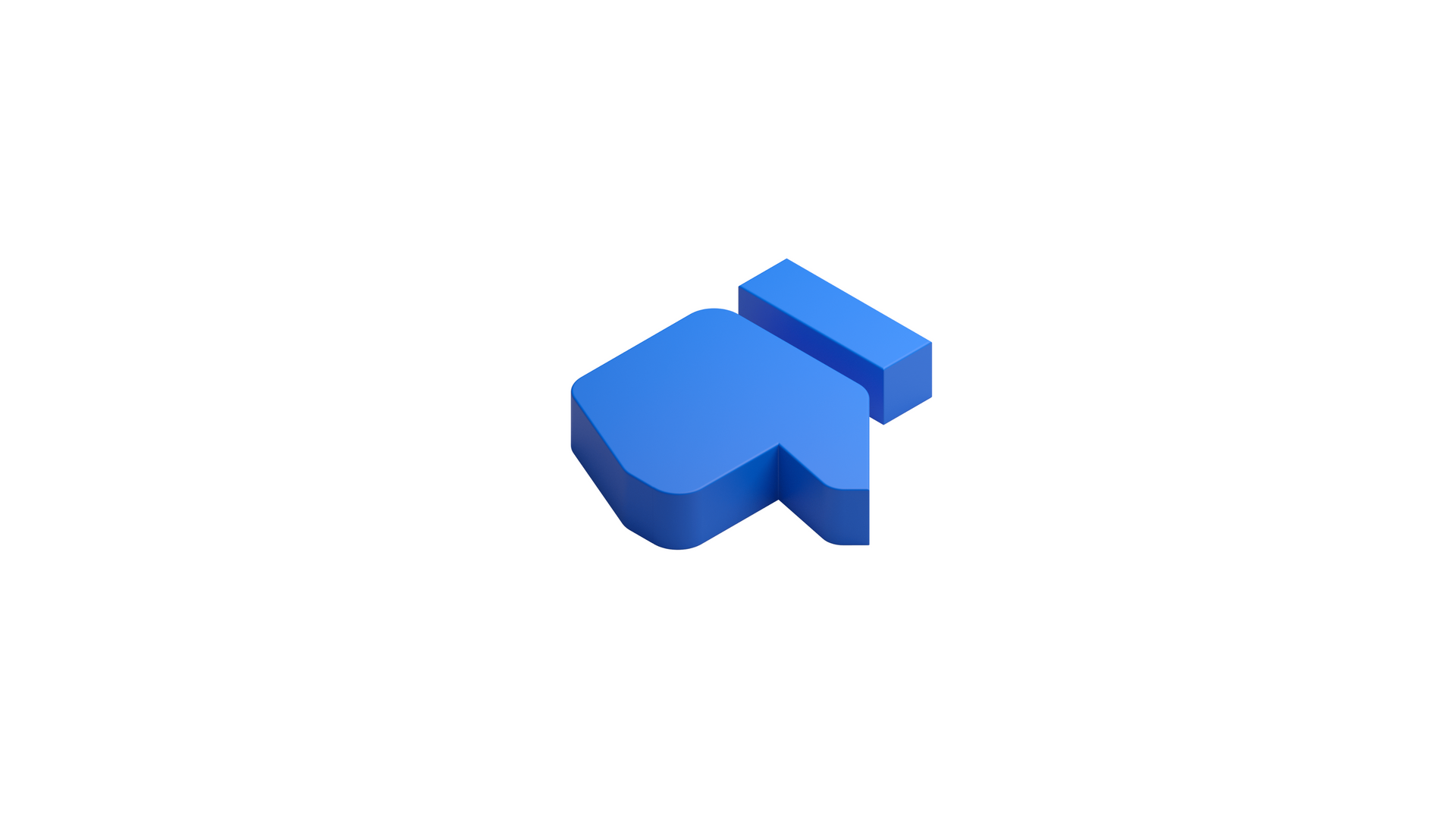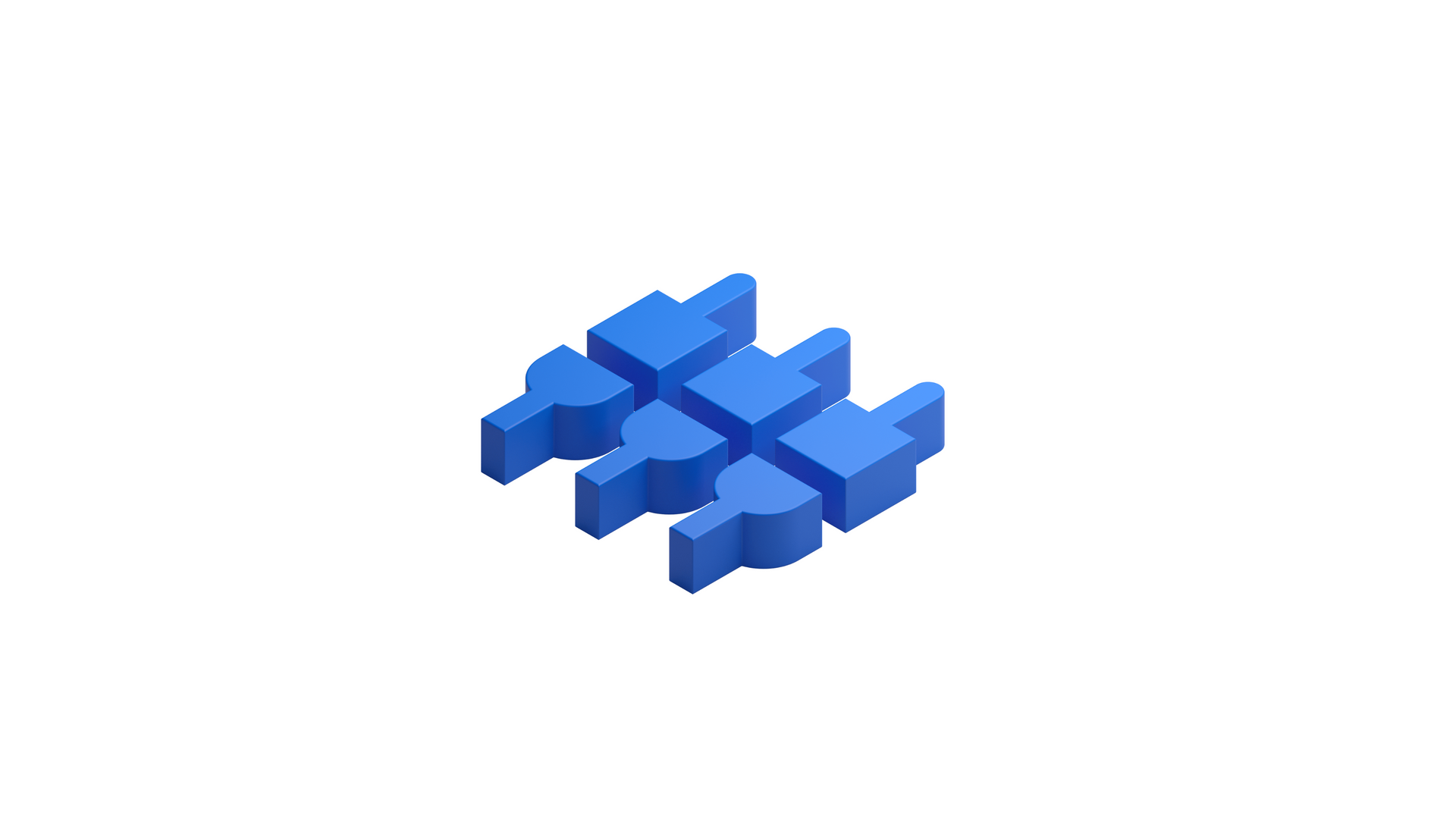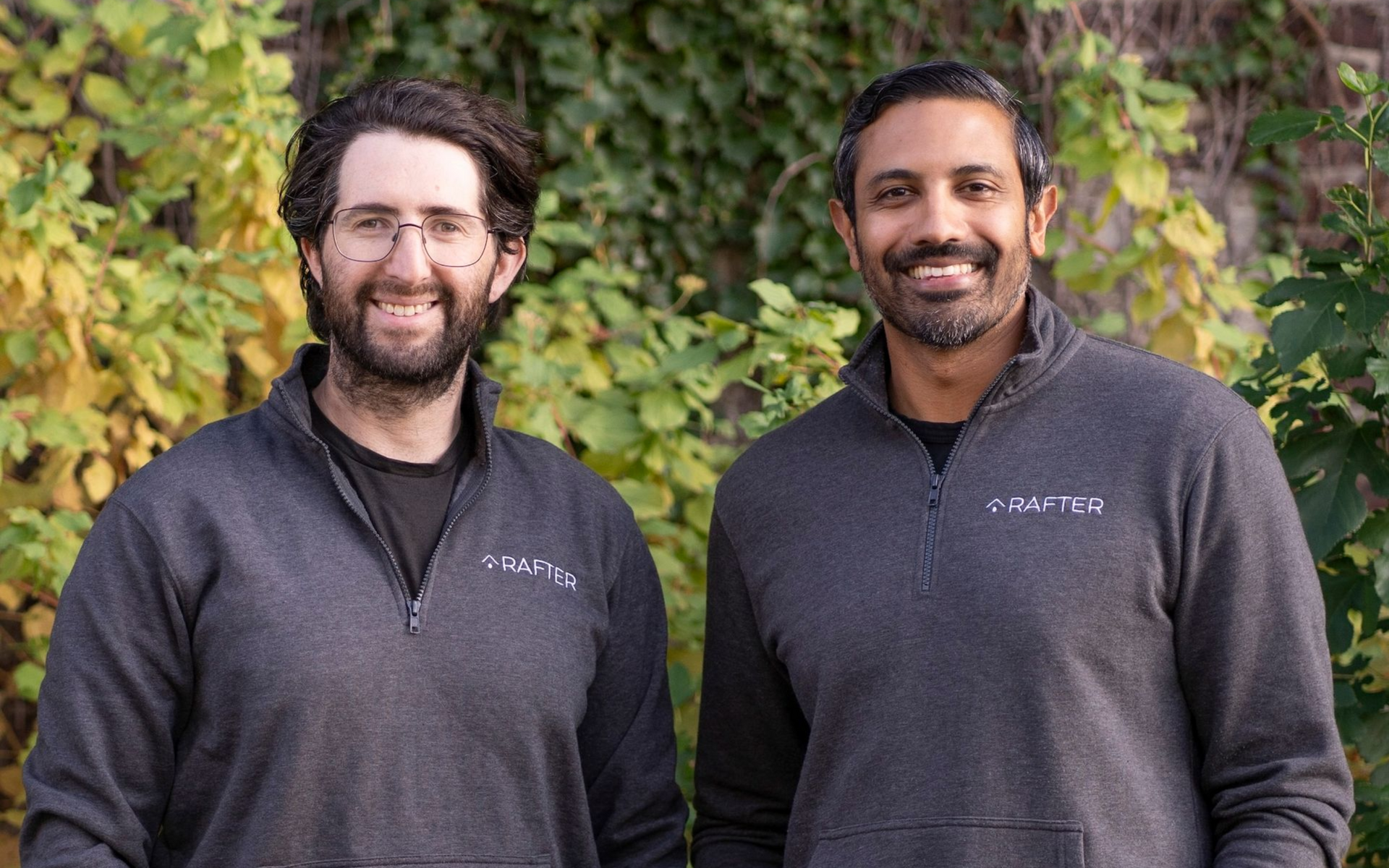Lessons from Carriers with Effective Loss Prevention Strategies
What if many of the most costly claims could be avoided before they happen? Across the insurance industry, forward-thinking carriers are showing that prevention is not just possible—it’s practical.
By providing homeowners with smart devices, timely reminders, and accessible preventive services, insurers are helping reduce common risks and avoid unnecessary losses. The result: fewer claims, lower costs, and stronger customer trust.
The Bill We Keep Paying
Water damage drives an estimated $28 billion in residential claims each year. Research suggests that many of these losses could be reduced with leak detection and shut-off systems (source). Simple steps—like replacing aging hoses, cleaning drains, or installing detection devices—can stop small issues before they escalate into costly claims.
Fire-related damage is equally significant. In 2023, residential structure fires caused $11.3 billion in direct property damage (source). Wildfires added another $5.55 billion in insured losses across all lines in 2024, with a substantial portion affecting homes (source). Lightning strikes accounted for an additional $1.04 billion in homeowners claims during the same year (source). Combined, these fire- and lightning-related events cost roughly $16 billion annually. Preventive steps such as maintaining functional smoke alarms, routine dryer vent cleaning, creating defensible space in wildfire zones, and using surge protection for electronics can meaningfully reduce these risks.
The challenge isn’t just the scale of loss—it’s that preventive infrastructure is not yet widely adopted, and homeowners often lack timely guidance on when and how to act.

A Smarter Way Forward
The carriers leading in loss prevention aren’t necessarily those spending the most—they’re the ones spending wisely. By investing in simple, scalable programs, they’ve shown that prevention works at any size. From devices to digital checklists, the most effective strategies combine technology with structured engagement, helping homeowners act before problems become claims.
Smart devices like leak detectors, automatic shutoff valves, and electrical sensors are powerful tools. But they work best when paired with programs that make them easy to adopt and useful over time: incentives that encourage installation, services that address small issues, and digital touchpoints that remind homeowners to act.
It’s this combination—technology plus trust—that makes prevention stick.
Four Lessons from Industry Leaders
1. State Farm: Fighting Fires with Sensors
State Farm’s partnership with Whisker Labs has resulted in the distribution of over one million Ting electrical hazard sensors (source). These plug-in devices detect hidden wiring faults and arcing hazards, and as of mid-2025, have already prevented nearly 10,000 home fires. The program continues to grow, with around 50,000 new devices deployed each month.
Lesson: A $100 sensor can translate into avoided five-figure fire losses. At scale, the impact is enormous.
2. Progressive: Paying Customers to Prevent Claims
Progressive incentivizes homeowners to install safety devices like leak detectors, sprinkler systems, and monitored smoke alarms by offering premium discounts (source). Research shows that discounts can increase device adoption rates by roughly 30%.
Lesson: Incentives are low-cost levers that change behavior. They motivate homeowners to make preventive investments that benefit both sides.
3. USAA: Teaching Preparedness, Building Loyalty
USAA focuses on education and preparedness, particularly in severe-weather regions. From hurricane prep checklists to guidance on flood coverage, members receive timely, practical information (source). Paired with discounts on SimpliSafe home security systems, USAA’s approach strengthens both resilience and trust.
Lesson: Knowledge itself is protective. Proactive education reduces losses and builds lasting loyalty.
4. Lemonade: Prevention in the Palm of Your Hand
Lemonade takes a digital-first approach. Its AI-powered bots streamline policyholder interactions while embedding preventive nudges into the experience. By making coverage seamless and engaging, Lemonade improved its loss ratio from 77% to 63% between 2021 and 2024 (source).
Lesson: Prevention isn’t just about devices—it’s also about design. Digital nudges can reduce losses and strengthen engagement.
Others Making Prevention Practical
Other carriers are finding creative ways to embed prevention:
- PURE Insurance rewards members with premium savings for installing automatic shutoff valves and sends seasonal alerts through its “Situation Room” (source).
- Amica offers discounts on all-in-one leak detection systems that monitor flow, pressure, and temperature (source).
- Cincinnati Insurance provides premium discounts of up to 15% for leak detection devices (source).
- Hippo partners with smart home providers to offer device subsidies (source).
- Erie Insurance leverages its agent network to proactively advise on water and fire risks (source).
Lesson: Whether large nationals or regional mutuals, carriers are proving that preventive strategies scale across the industry.
How Rafter Brings It Together
Rafter operationalizes these lessons into scalable, turnkey programs:
- Smart device distribution and adoption support
- Seasonal digital checklists for policyholders
- In-home preventive services to surface hidden risks
- Real-time portfolio insights into home condition
For carriers, that means fewer claims, lower loss ratios, stronger retention, and a more modern, proactive relationship with policyholders.
From State Farm’s sensors to Progressive’s discounts, USAA’s education, and Lemonade’s digital nudges, one lesson is clear: prevention works. And it doesn’t take massive investments to see results.
Start small, make prevention easy, and scale what works. The future of insurance is proactive—and the time to act is now.
Interested in learning more?
Sign up for our newsletter, and we'll keep you up-to-date on our progress.





Smarter Service, Stronger Relationships: How Insurers Can Deepen Policyholder Trust and Risk Insight


